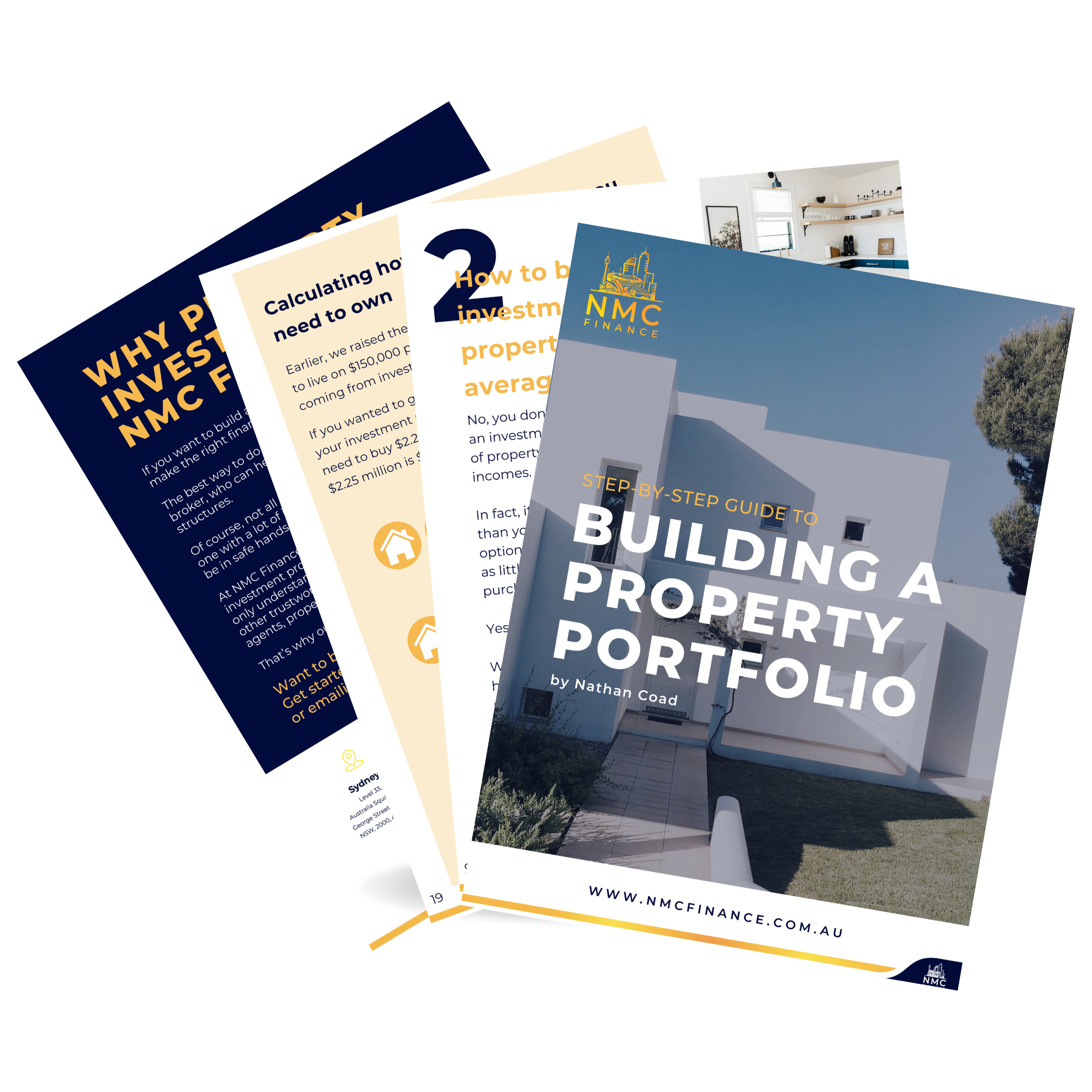Navigating the vast array of loan options can be challenging, but for self-employed individuals, a low-doc loan might be the perfect fit.
Dive in with us as we uncover what makes low-doc loans special, who can benefit from them, their standout features, and whether a fixed or variable rate is the best choice for your financial goals.
What are low-doc loans?
Low-documentation loans, commonly known as low-doc loans, cater to applicants who may not have the conventional documentation required for traditional home loans.
Instead of relying on standard income proofs like payslips or tax returns, a low-doc loan uses a self-verification process.
Who could benefit from a low-doc loan?
These loan types are particularly beneficial for those who don’t fit the conventional profile of a borrower. They are best suited to:
- Self-employed individuals, like freelancers or entrepreneurs, may not have access to regular income documentation.
- Business owners who may not have traditional payslips.
- Investors with multiple income streams.
What are the essential documents?
The benefit of low-doc loans is that they require far less documentation than traditional loan types. However, there is still some crucial information you’ll need to provide:
- Business Activity Statements (BAS)
- Australian Business Number (ABN)
- Bank statements
- GST registration details
- Accountant’s confirmation letter
- Income declaration form
What are the pros and cons of low-doc?
Like any loan, low-doc loans come with benefits and considerations that must be carefully reviewed to suit your circumstances. Let’s dive into the most obvious ones:
Pros:
- Easier qualification
- Flexibility for non-traditional income sources
Cons:
- Higher interest rates (in some cases)
- Larger deposits and potential additional fees
Will my low-doc loan be fixed or variable-rate?
Low-doc loans are a great way for self-employed individuals or business owners to obtain finance without having to provide traditional documentation.
Your low-doc loan can be either fixed-rate or variable-rate, depending on your circumstances, your lender, and what best suits your long-term financial goals. Let’s dive into both options to help identify the risks and benefits.
Fixed-rate home loans
Fixed-rate loans are home loans that have a set period where the interest rate remains locked in.
Not being subjected to market fluctuations for this period (typically from 1 to 5 years) provides stability in repayments which makes it the preferred option for many.
Who might benefit from a fixed rate?
The ideal borrower for this loan type prefers predictable repayments to protect themselves from interest rate fluctuations. Fixed-rate loans are suitable for:
- First-time buyers who need stable repayment plans for budgeting purposes.
- Risk-averse borrowers who prefer not to deal with the uncertainty of variable rates.
- Long-term planners who are meticulous about their financial planning and prefer fixed monthly outlays.
What are the pros and cons of fixed rates?
Just like low-doc loans, fixed-rate home loans have their own set of benefits and considerations.
Pro:
- Predictable monthly repayments
- Protection against interest rate increases
- Easier budgeting
Cons:
- Potentially higher initial rates compared to variable loans
- Limited flexibility with earlier repayments and refinancing penalties
- No benefit if the interest rates drop during the fixed period
Variable-rate home loans
As the name suggests, variable-rate home loans are subject to the fluctuation of interest rates over the life of the loan.
The interest rates, set by the RBA, are reviewed monthly and in some cases, this can mean a consistent increase in repayments.
Who might benefit from variable rates?
Variable-rate home loans can be advantageous for certain types of borrowers, including:
- Borrowers with flexible budgets who can handle increases in their monthly repayments.
- Savvy investors actively monitor the market and can take advantage of periods where interest rates are low.
- Those planning on paying off their loan quickly may benefit from potential short-term dips in interest rates.
- Homebuyers looking for extra features like redraw facilities or offset accounts.
What are the pros and cons of variable rates?
Pros:
- Potential for lower rates initially compared to fixed rates.
- Benefit from interest rate drops
- Flexibility in repayment options without penalties, access to redraw and offset accounts.
- Potential for overall lower costs over the life of the loan.
Cons:
- Uncertainty in repayments since the interest rates can fluctuate.
- The risk of rate increases resulting in higher repayments and potential financial strain.
- Potential for higher long-term costs if the rates increase significantly.
- Market dependency as your loan repayments are directly tied to economic factors beyond your control.
Choosing the right loan for you
Choosing between a fixed or variable rate for your low-doc loan depends on your financial situation and preferences.
If you’re a self-employed individual with an irregular income and are generally quite risk-averse, the fixed-rate option may be more suitable.
On the other hand, if you’re a business owner who understands the market dynamics and requires features like redraw and offset, then a variable-rate home loan could be the better choice.
Seek expert guidance from a mortgage broker
Understanding all the intricacies of home loans can be challenging, but you don’t have to go it alone!
Consulting with a professional mortgage broker with experience in business and home finance can provide you with tailored advice to help find the right home loan options for your needs.
*This blog is intended for general informational purposes only. For personalised advice tailored to your unique financial situation, please contact NMC Finance.

